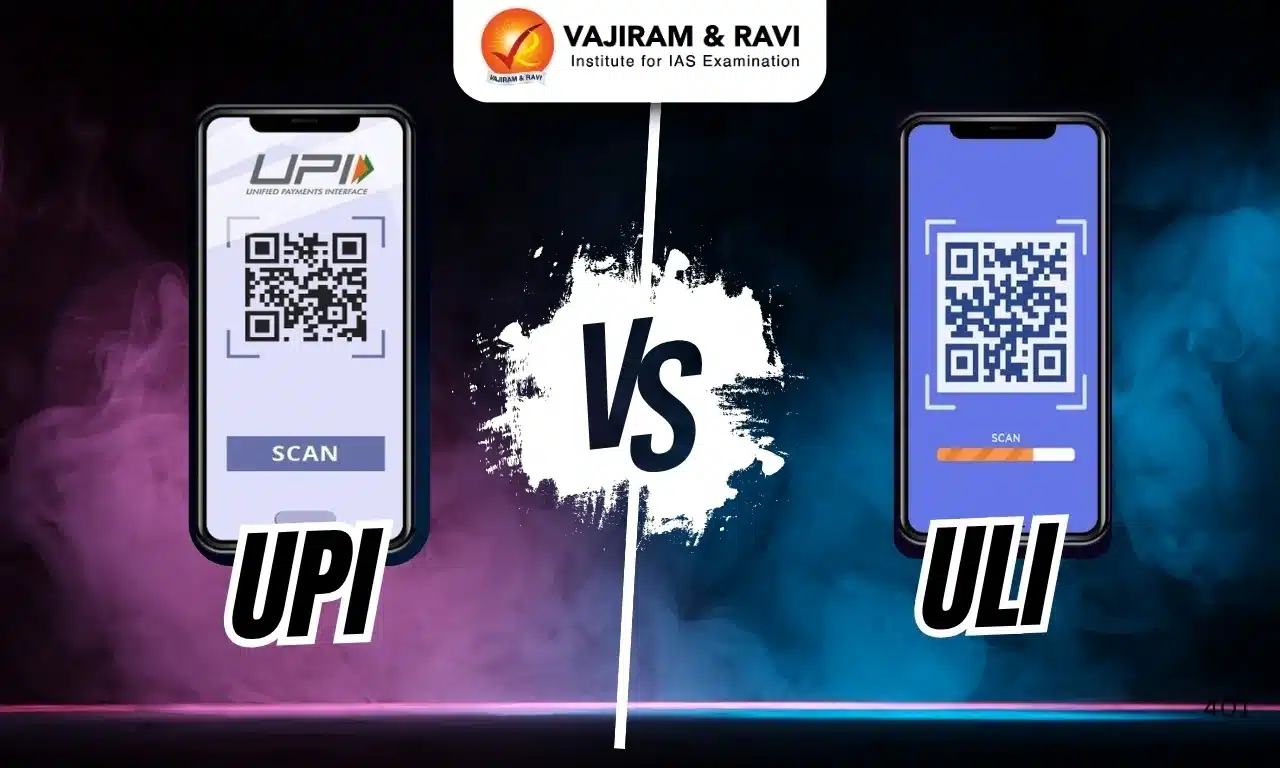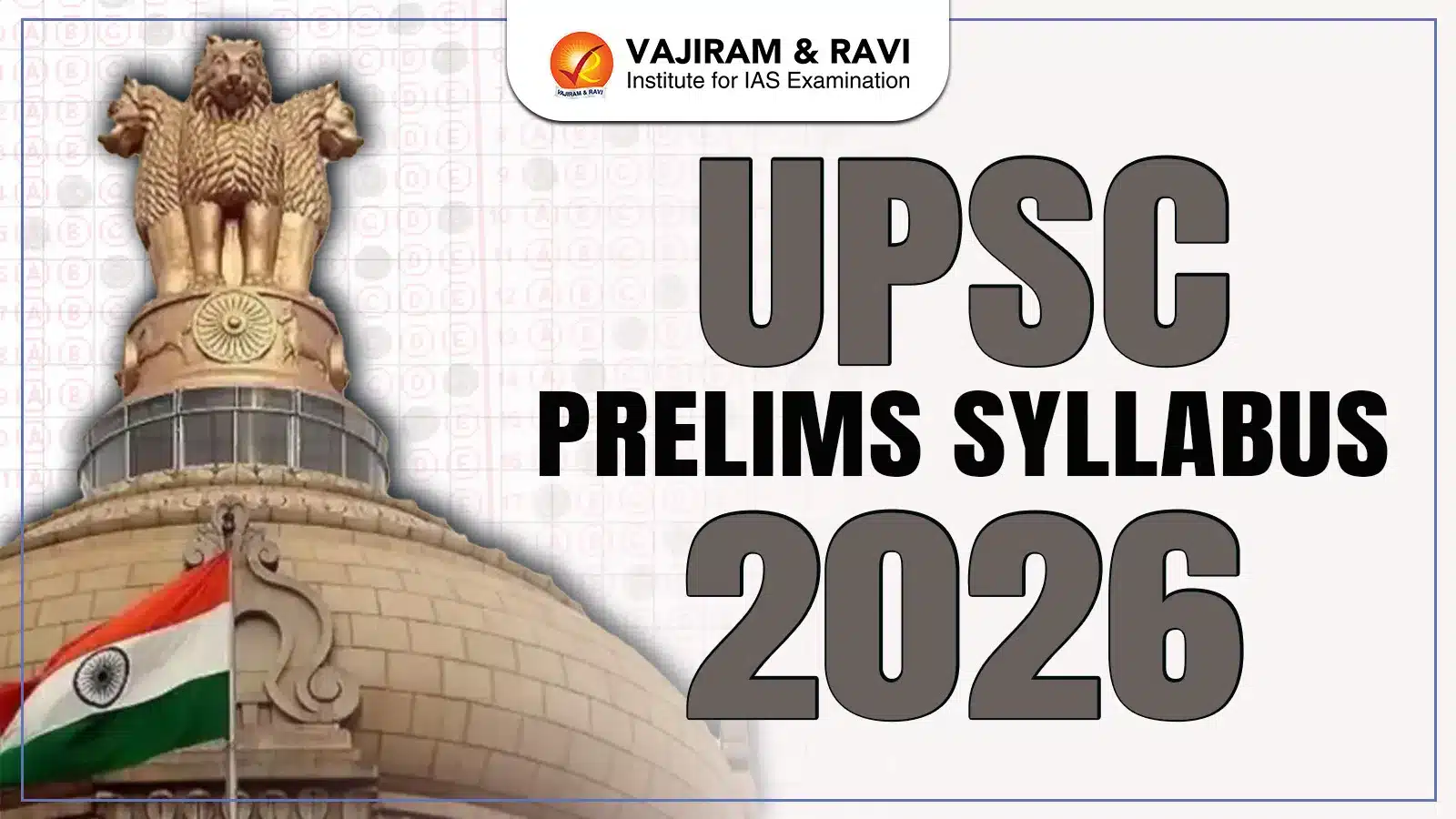India is undergoing a digital transformation across sectors, from financial services to logistics and credit access. Two important innovations leading this change are UPI (Unified Payments Interface) and ULI (Unified Lending Interface). While UPI has revolutionized the way money transfers digitally, ULI is similarly used to do the same for the credit and lending ecosystem.
Both systems aim to simplify complex procedures by digitizing them, offering transparency, speed, and accessibility to users. UPI made real-time peer-to-peer transactions the norm, while ULI aims to enable fast, transparent, and inclusive access to credit by integrating lenders, borrowers, and financial data providers on a single platform.
What is UPI?
Unified Payments Interface (UPI) is a real-time payment system launched in 2016 by the National Payments Corporation of India (NPCI), regulated by the Reserve Bank of India (RBI). UPI allows users to instantly transfer funds between two bank accounts using a mobile app, without the need for complex bank details.
UPI has dramatically changed India’s digital payments landscape by enabling 24x7, instant, low-cost transactions using just a Virtual Payment Address (VPA). It supports services like merchant payments, peer-to-peer transfers, recurring payments (e.g., subscriptions), QR code payments, and even international transactions in selected corridors.
What is ULI?
Unified Lending Interface (ULI) is a digital lending infrastructure introduced by the Reserve Bank of India (RBI) in 2024 to streamline the loan and credit process in India. It enables real-time access to credit by connecting banks, NBFCs, fintechs, and borrowers via a single unified interface.
ULI aims to simplify the traditional lending process by integrating borrower data sources, such as GST filings, bank transactions, utility payments, and mobile wallet usage, to help lenders assess credit more efficiently. Unlike traditional models that rely heavily on CIBIL scores and collaterals, ULI introduces a data-driven lending framework, especially beneficial for underserved communities and informal sector borrowers.
Difference Between UPI and ULI
Though both ULI and UPI are built to simplify and digitize user experiences in finance, they operate in entirely different domains. UPI is designed for money transfers, while ULI focuses on loan and credit payments. Below is a detailed comparison:
| Difference Between UPI and ULI | ||
| Feature | UPI (Unified Payments Interface) | ULI (Unified Lending Interface) |
|
Launched By |
National Payments Corporation of India (NPCI) |
Reserve Bank of India (RBI) |
|
Launch Year |
2016 |
2024 |
|
Function |
Facilitates real-time digital payments between bank accounts |
Streamlines access to credit by connecting lenders and borrowers |
|
Primary Use Case |
Peer-to-peer and peer-to-merchant payments |
Loan discovery, credit comparison, and lending automation |
|
Stakeholders Involved |
Banks, mobile wallet providers, merchants, customers |
Banks, NBFCs, fintechs, borrowers, credit bureaus, data providers |
|
Data Sources Integrated |
Bank account details, VPA, Aadhaar-linked mobile numbers |
GST data, bank transactions, utility bills, Aadhaar, land records |
|
Mode of Operation |
Mobile apps, QR codes, UPI ID, bank apps |
API-based real-time credit scoring and disbursement |
|
Benefit to Users |
Instant and free-of-cost money transfers |
Easy access to best loan terms without physical paperwork |
|
Inclusion Goal |
Promotes cashless, inclusive digital payments |
Targets unbanked and underserved borrowers |
|
Regulatory Body |
Reserve Bank of India and NPCI |
Reserve Bank of India |
Is ULI Bigger than UPI?
While UPI is currently bigger in scale, ULI has the potential to become equally transformative, especially in the credit sector. UPI has already established itself with over 10 billion monthly transactions, contributing significantly to India's digital economy. It revolutionized the way payments are made, reduced dependency on cash, and promoted financial transparency.
ULI addresses an entirely different challenge which includes access to credit, which remains one of the biggest challenges for informal and rural sectors of India. UPI solved the payment challenges by streamlining the process whereas ULI aims to solve the credit challenges.
In short:
UPI is more established, but ULI could be more impactful in terms of financial empowerment, particularly for rural entrepreneurs, small business owners, and daily wage earners.They both have varied advantages which will lead to streamlining the financial and credit infrastructure of India.
Last updated on January, 2026
→ Check out the latest UPSC Syllabus 2026 here.
→ Join Vajiram & Ravi’s Interview Guidance Programme for expert help to crack your final UPSC stage.
→ UPSC Mains Result 2025 is now out.
→ UPSC Notification 2026 is scheduled to be released on January 14, 2026.
→ UPSC Calendar 2026 is released on 15th May, 2025.
→ UPSC Prelims 2026 will be conducted on 24th May, 2026 & UPSC Mains 2026 will be conducted on 21st August 2026.
→ The UPSC Selection Process is of 3 stages-Prelims, Mains and Interview.
→ UPSC Result 2024 is released with latest UPSC Marksheet 2024. Check Now!
→ UPSC Toppers List 2024 is released now. Shakti Dubey is UPSC AIR 1 2024 Topper.
→ Also check Best IAS Coaching in Delhi
UPI vs ULI FAQs
Q1. What is ULI by RBI?+
Q2. Is UPI better than swift?+
Q3. What is the meaning of jam UPI uli?+
Q4. Can you explain what UPI uli and other npci products are?+
Q5. What is the difference between Uli and UPI?+
Tags: upi vs uli

















